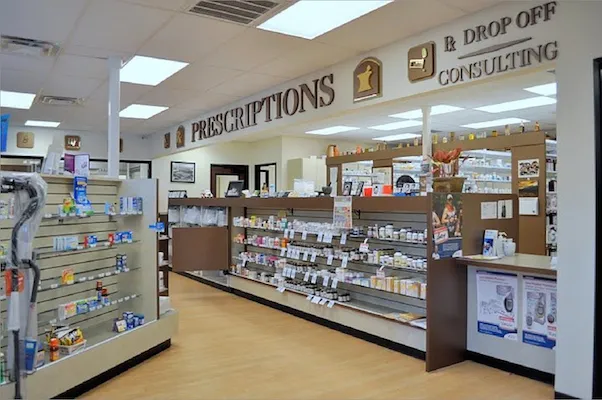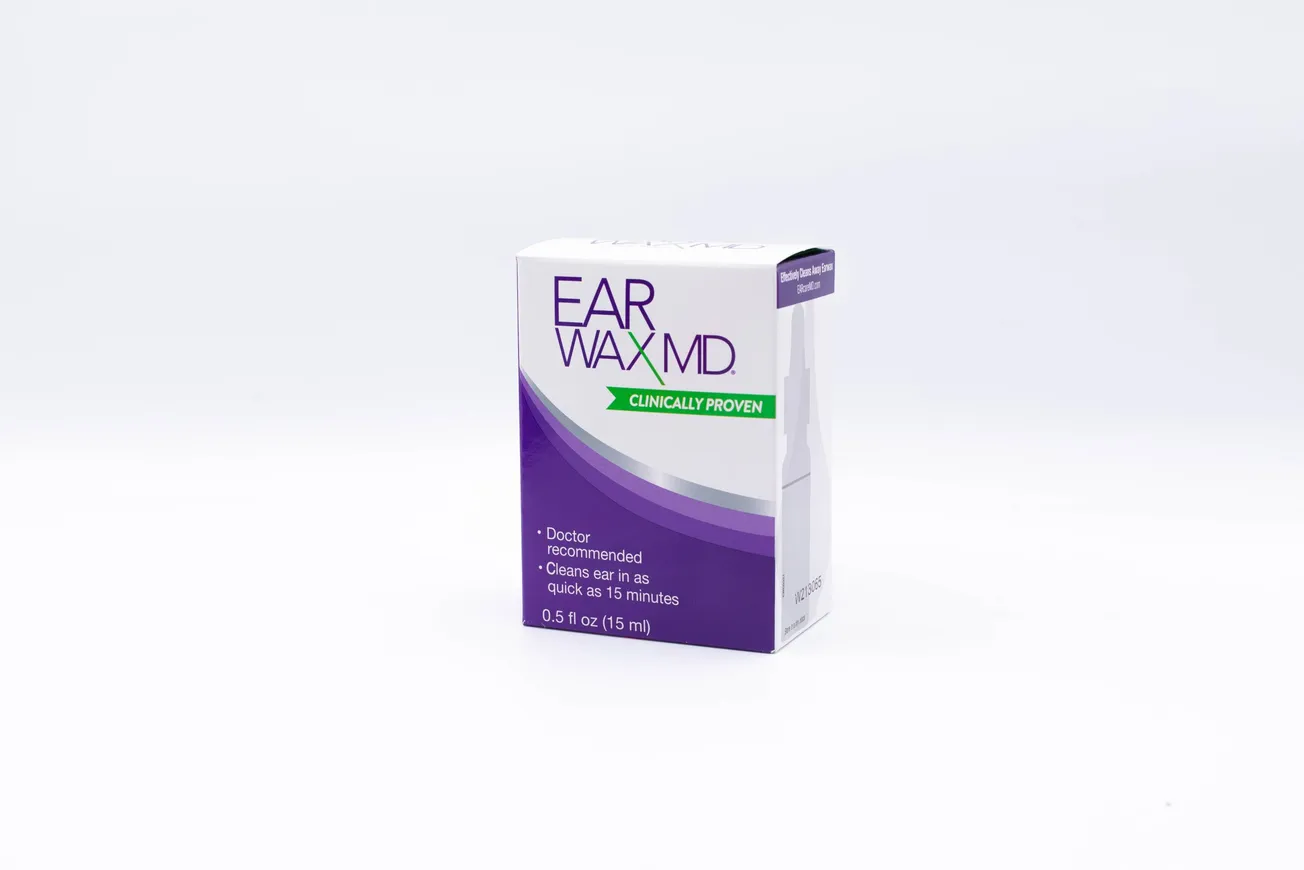When it comes to health care coverage, the cost burden is continuing to shift to employees.
A recent analysis by HR management consultancy Aon revealed that the average health care plan rate increase for midsize and large companies was 3.2% in 2015, the lowest rate increase since Aon began tracking the data in 1996. Aon projects average premium increases of 4.1% in 2016.
The low rate of increase comes after plan design changes and vendor negotiations, Aon pointed out. Meanwhile, the average amount that employees must contribute toward their health care has jumped more than 134% over the past decade. The average health care cost per employee topped $11,000.
According to Aon’s analysis, employees contributed $2,490 toward the premium and another $2,208 in out-of-pocket costs, such as co-payments, co-insurance and deductibles in 2015. In contrast, the amount of employees’ premium and out-of-pocket costs combined in 2005 was $2,001.
“The sluggish growth in the economy has deterred many individuals from using medical services, and there’s also been modest price inflation. Both factors have been primary drivers for the low rates of premium increases over the past few years,” according to Mike Morrow, senior vice president of Aon Health. “As prescription drug costs continue to grow at a double-digit pace and the economy picks up speed, it’s likely these premium rates will start to climb.”
Aon’s analysis found that the low rate increases are prompting most employers to take a traditional “managed trend” approach to reining in health costs in the short term, though some nontraditional approaches are emerging.
On the prescription drug side, an increasing number of employers are adjusting pharmacy design components to spur the use of generic drugs, according to Aon. That includes using co-insurance — instead of co-pays — for branded drugs and by introducing mandatory generic and step therapy programs.
The percentage of total health care costs covered by employers has declined about 1% per year since 2012. Recent Aon research shows that 38% of employers have increased participants’ deductibles and/or co-pays, and another 46% may do so in the near future.
High-deductible health plans (HDHPs) are the second most-popular plan choice offered by companies, exceeding HMOs. Sixteen percent of companies offer a HDHP as the only health plan option today, and 41% are looking at doing so in the next three to five years, Aon’s analysis found.
Companies, too, are managing dependent eligibility and subsidies. Aon’s research shows that 18% of companies have cut subsidies for covered dependents, and 17% added a surcharge for adult dependents with access to other health coverage. Also, 43% of companies are considering using unitized pricing, in which employees pay per person rather than individual or family.
Pay-for-performance strategies also are gaining favor among employers, Aon added. These include steering participants — through plan design or lower cost — to high-quality hospitals or physicians for specific procedures or conditions (22%), offering value-based insurance design approaches (28%) and adopting reference-based pricing (6%). In the latter, employers set a pricing cap on benefits for certain medical services where wide cost variation exists with no discernible differentiation in quality. Aon’s study found that another 53% of companies aim to adopt reference-based pricing in the next three to five years.









